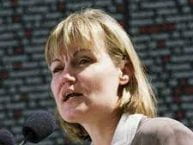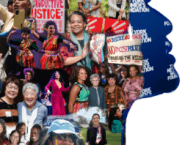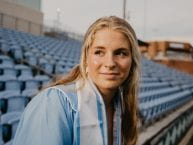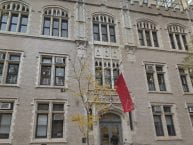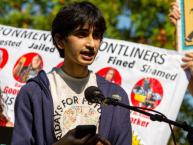
We met with Karen Napolitano, who is the education and outreach coordinator of SIMS Recycling Center. We learned that recycling is a very complicated process, but is very effective. They are able to recycle metal, cardboard, glass, and plastic, although not all types. Soft plastics, such as plastic bags aren’t recycled, not because they aren’t recyclable, but because they need to make a profit and to do that they have to sell plastic that companies need, and soft plastic isn’t what they need. Not all glass is accepted either, for example light bulbs are much more fragile than other glass, so companies wouldn’t want it as much and therefore it wouldn’t make a profit for the recycling center.
Aluminum foil isn’t accepted either. We learned that these materials that aren’t recycled end up in landfills, which aren’t the best places for things to go because landfills consume oxygen and let out methane, which is horrible for the environment. Karen Napolitano told us how only 9% of plastic produced in a year is recycled, but that statistic isn’t as simple as it sounds. A lot of plastic is made to be reusable, and therefore wouldn’t be recycled, but the plastic that is disposable and isn’t recycled is a problem.
We operated a smaller scale of the recycling process, by shooting air at plastic to sort it, quickly separating different types of plastics into their areas, and seeing the process of how magnets are used to separate metal from plastic. We learned about how much oil was used to create plastic, and we saw the jobs that people needed to operate recycling centers. But what we also saw in the process of recycling is that it also isn’t a perfect solution. Reduce and reuse are the two most important things you should do, and recycling should only be a last resort. We learned a lot and answered a lot of our questions.



